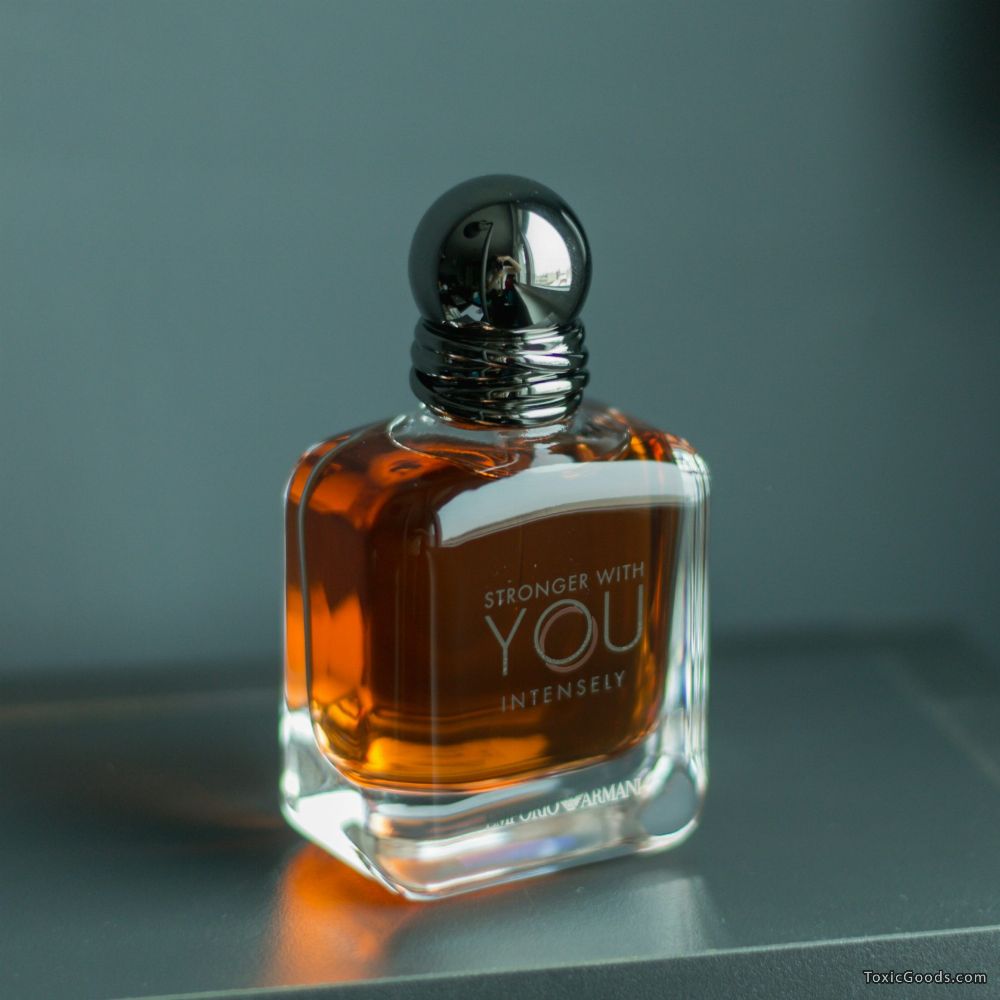Perfumes & Colognes: The Toxic Chemicals
The Hidden Chemicals in Every Spritz
 That expensive bottle of perfume or cologne might smell divine, but it likely contains a cocktail of synthetic chemicals that linger far longer than the scent itself—in your body, your home, and the environment. What most people don’t realize is that fragrance formulas are considered trade secrets, allowing companies to hide hundreds of toxic ingredients under the simple label of “fragrance.”
That expensive bottle of perfume or cologne might smell divine, but it likely contains a cocktail of synthetic chemicals that linger far longer than the scent itself—in your body, your home, and the environment. What most people don’t realize is that fragrance formulas are considered trade secrets, allowing companies to hide hundreds of toxic ingredients under the simple label of “fragrance.”
The problem starts the moment you spray. Those fine droplets don’t just disappear—they settle on your skin (absorbing directly into your bloodstream), cling to your clothes (releasing chemicals for years), and adhere for long-term to furniture and fabrics. Oil-based fragrances are particularly problematic, bonding permanently to surfaces in a way that makes them nearly impossible to remove through normal cleaning. We’ve seen cases where perfume residues lingered in homes for many years, causing chronic health issues for sensitive occupants.
What’s Really in Your Fragrance?
Modern perfumes and colognes typically contain:
- Phthalates: Used to make scents last longer, these hormone disruptors are linked to reproductive issues and developmental problems
- Synthetic musks: Accumulate in body fat and breast milk, with some varieties acting as carcinogens
- Benzaldehyde: A central nervous system depressant that can cause nausea and dizziness
- Acetone: Yes, the same chemical in nail polish remover, which dries out skin and mucous membranes
- Formaldehyde releasers: Used as preservatives, these slowly release known carcinogens
What’s particularly disturbing is how these chemicals behave in the environment. A 2021 study found that synthetic musks from perfumes are now present in 98% of freshwater fish tested in urban areas.
How Fragrance Chemicals Affect Your Body
Immediate Effects:
- Headaches and migraines (reported by 30% of adults exposed to strong fragrances)
- Eye, nose and throat irritation
- Skin reactions ranging from redness to chemical burns
- Asthma attacks in sensitive individuals
Long-Term Exposure Risks:
- Hormone disruption (especially problematic for pregnant women)
- Increased risk of breast cancer (some musks mimic estrogen)
- Neurological symptoms like brain fog and tremors
- Liver and kidney damage from chronic exposure
For Pets:
Cats are especially vulnerable due to their sensitive livers. I’ve treated multiple cases of feline poisoning from:
- Grooming perfume off fur
- Walking on sprayed surfaces
- Inhaling aerosolized fragrance
Birds can die within hours of exposure to fragrance oils due to their ultra-sensitive respiratory systems.
The Stubborn Nature of Oil-Based Fragrances
Unlike alcohol-based perfumes that evaporate, oil-based fragrances:
- Bind permanently to fabrics, upholstery, and carpets
- Resist washing – surviving multiple laundry cycles
- Off-gas continuously – releasing chemicals for months
- Penetrate porous surfaces like wood and drywall
I recently consulted on a case where a family had to replace all their furniture and repaint their home after a member developed severe fragrance sensitivity. No amount of cleaning could remove the accumulated fragrance oils.
Safer Alternatives
If you love scent but want to minimize toxins:
✔ Choose alcohol-based over oil-based fragrances
✔ Look for phthalate-free and musk-free labels
✔ Try natural essential oils (though some can still irritate)
✔ Use scent-free products for home and body
✔ Ventilate thoroughly after applying any fragrance
For those with sensitivities:
- Wash new clothes 3 times before wearing
- Use baking soda to pull odors from fabrics
Chemical Properties & Health Effects
| Chemical | Common Use | Persistence | Health Risks |
|---|---|---|---|
| Diethyl phthalate | Fixative | Months | Hormone disruption |
| Galaxolide | Synthetic musk | Years | Bioaccumulation, possible carcinogen |
| Benzyl alcohol | Solvent | Days | Skin irritation, CNS depression |
| Lilial | Lily fragrance | Weeks | Banned in EU for reproductive toxicity |
References and Sources
- Environmental Working Group – Fragrance Disclosure
Analysis of hidden chemicals in perfumes and colognes
URL: https://www.ewg.org/skindeep/categories/8-Perfume/ - National Institutes of Health – Phthalate Research
Studies on endocrine disruption from fragrance chemicals
URL: https://www.ncbi.nlm.nih.gov/pmc/articles/PMC7926369/ - Journal of Occupational Medicine – Fragrance Sensitivity
Clinical cases of fragrance-induced health issues
URL: https://journals.lww.com/joem/pages/default.aspx
